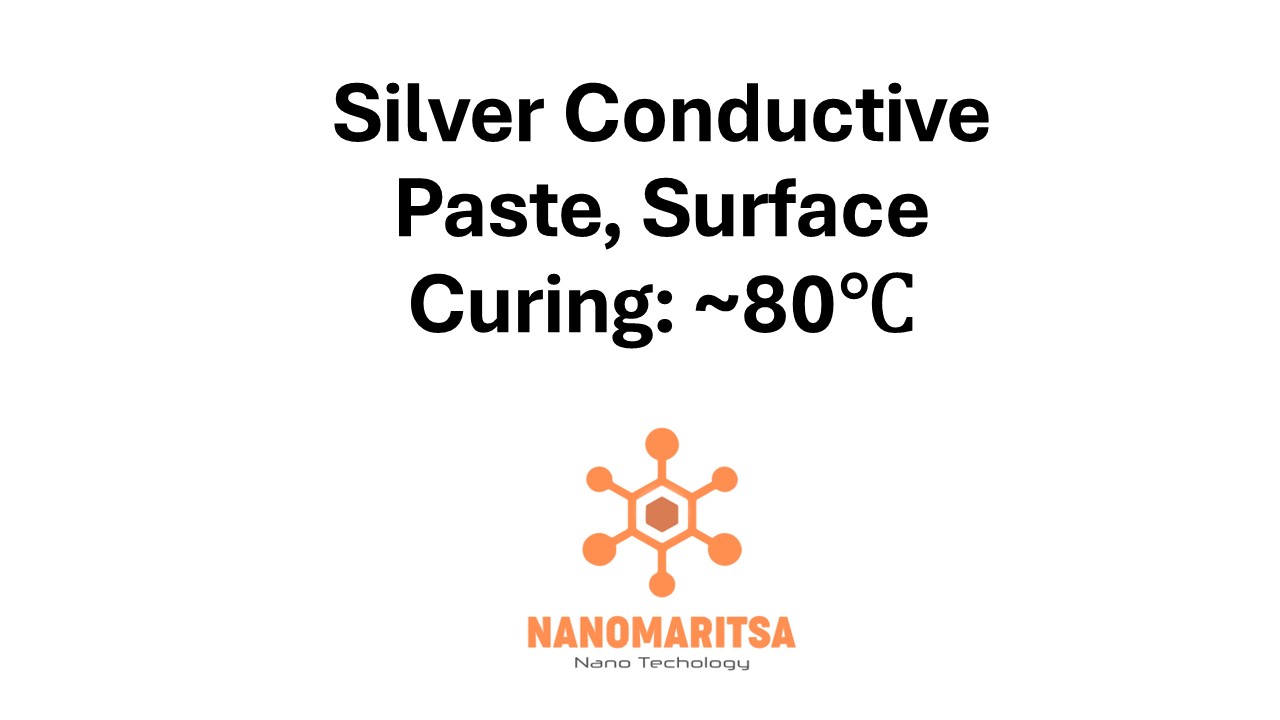Silver Conductive Paste with Surface Curing at ~80°C is a specialized material used for creating electrically conductive pathways in various electronic and industrial applications. Here’s a detailed explanation:
1. Silver Conductive Paste
- Composition:
- A mixture of silver particles (the conductive component) suspended in a polymeric or resin-based binder.
- Additional additives may include solvents, stabilizers, and curing agents.
- Purpose:
- Provides high electrical conductivity for circuits and connections.
- Used as a substitute for soldering in heat-sensitive or delicate applications.
2. Surface Curing: ~80°C
- Indicates that the paste cures (hardens and bonds) at a relatively low temperature of around 80°C.
- This low-temperature curing process is advantageous for:
- Heat-sensitive substrates like plastics or flexible materials.
- Reducing the risk of thermal damage to components.
- Curing may involve heating the material for a specific duration to activate the resin and evaporate solvents, solidifying the paste.
3. Key Features:
- High Electrical Conductivity: The silver particles provide excellent conductivity for creating electrical paths.
- Low Curing Temperature: Allows usage on materials that cannot withstand high temperatures, such as polymers, flexible circuits, or thin films.
- Adhesion: Bonds well to various surfaces, including metals, ceramics, glass, and plastics.
- Durability: Resistant to oxidation, ensuring long-lasting conductivity.
- Customizable Viscosity: Suitable for screen printing, dispensing, or brushing.
4. Applications:
- Electronics:
- Repairing printed circuit boards (PCBs).
- Creating conductive tracks in flexible circuits or wearables.
- Interconnects in photovoltaic (solar) cells.
- Antenna Manufacturing:
- Used in RFID tags, NFC chips, and other wireless communication devices.
- Sensors:
- Conductive elements in biosensors and industrial sensors.
- Touch Panels:
- Used in transparent conductive coatings.
- Thermal Management:
- Enhancing heat dissipation in components requiring electrical and thermal conductivity.
| Measurement (gr) | 100 grams, 500 grams, 1000 grams |
|---|



